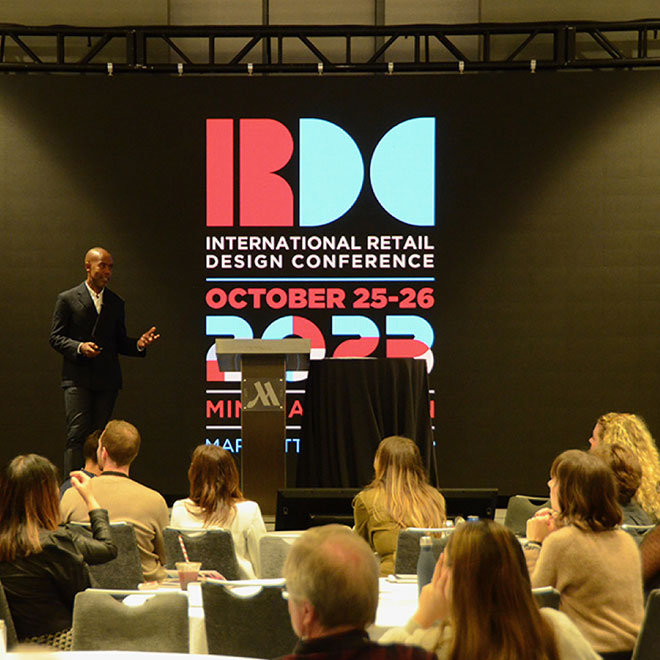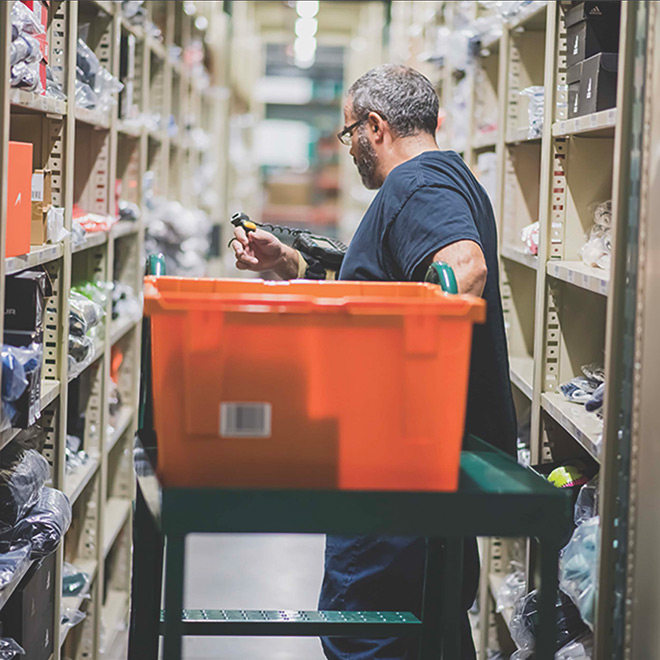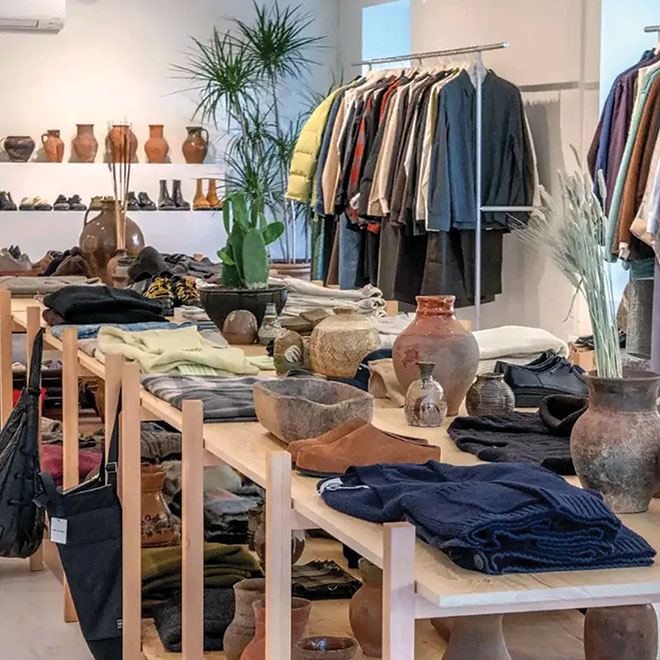
Slow Retail; A New Way Forward
The Customer Wants Things Fast, but to Compete With Speed, Give Them Something Better
Estimated Read Time: 2 Minutes
You Win. You Lose. Fast.
In 2024, one retail phenomenon that has become increasingly apparent with the passing of each quarter is the bifurcation of retail into clear winners and losers categories. The delta between those categories gets bigger and bigger every season as well. We all know who the winners are: Amazon (to put it mildly), Walmart, Costco, The Home Depot, IKEA and unfortunately, only a few others. You could add some local retail businesses and a couple of specialty brands into that group, but those would be anomalies. Just a short list of brands are at the top of the winners’ pile, the cream of the crop, and perennially so. The losers are, well, everyone in between those behemoths and the anomalies. The losers’ struggles get all the press (and excuses) while the winners announce their excellent quarterly results, stand back and ask, ‘how you like me now?!’

But why is that? Why has there been such a split? Let’s focus on the winners to find out. What are the factors that make them so great? Foremost on the list is scale. Size matters in retail as it can (if managed correctly) create a capital expenditure flow that smaller or weaker competitors can’t keep up with. This trove of cash can be used for initiatives like BOPIS, store refreshes, new concepts, massive discounts and next day deliveries. But make no mistake, “managed correctly” is the operative term in that correlation. The winners tend to wisely invest their capital into things that customers really want…to say nothing of having to stay ahead of their besties in said winners’ circle. If the customer wants merchandise on their porch tomorrow (which seems to be the case), they will invest heavily to that end, including warehouses, robots and prolific deals with delivery companies. So scale, which creates immense amounts of opportunities, allows the winners to do whatever it takes to manage and execute new customer-oriented initiatives quickly, and then decide whether they work ROI-wise. Scale creates the key factors that keep them in the winner’s circle.
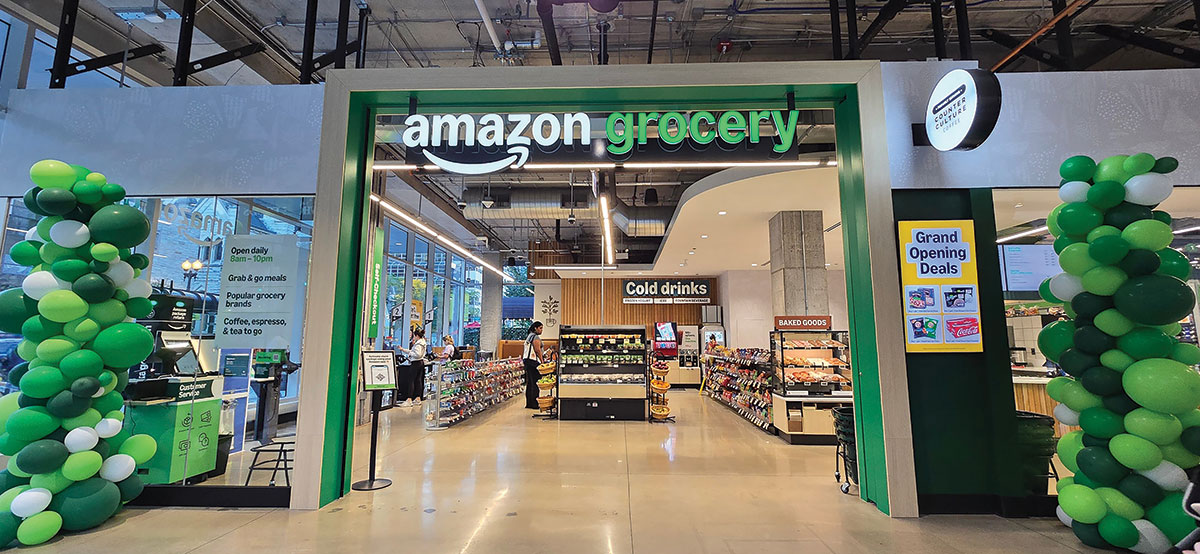
The smart decisions made by the winners this century–the cash flow, the initiatives, the execution, and more–have revolved around one incisive feature: speed. Speed to execution, speed to data, speed to fail fast and most importantly, speed to the customer. Speed is the one thing winners all have in common. You better be ready; it’s coming at you fast. React or die. Do it or lose it. Get ‘er done or move the f#*k over. It is not an easy feat to compete with that. As a matter of fact, we think it’s almost impossible to compete with profitably, unless of course you’re already in the winner’s heap.
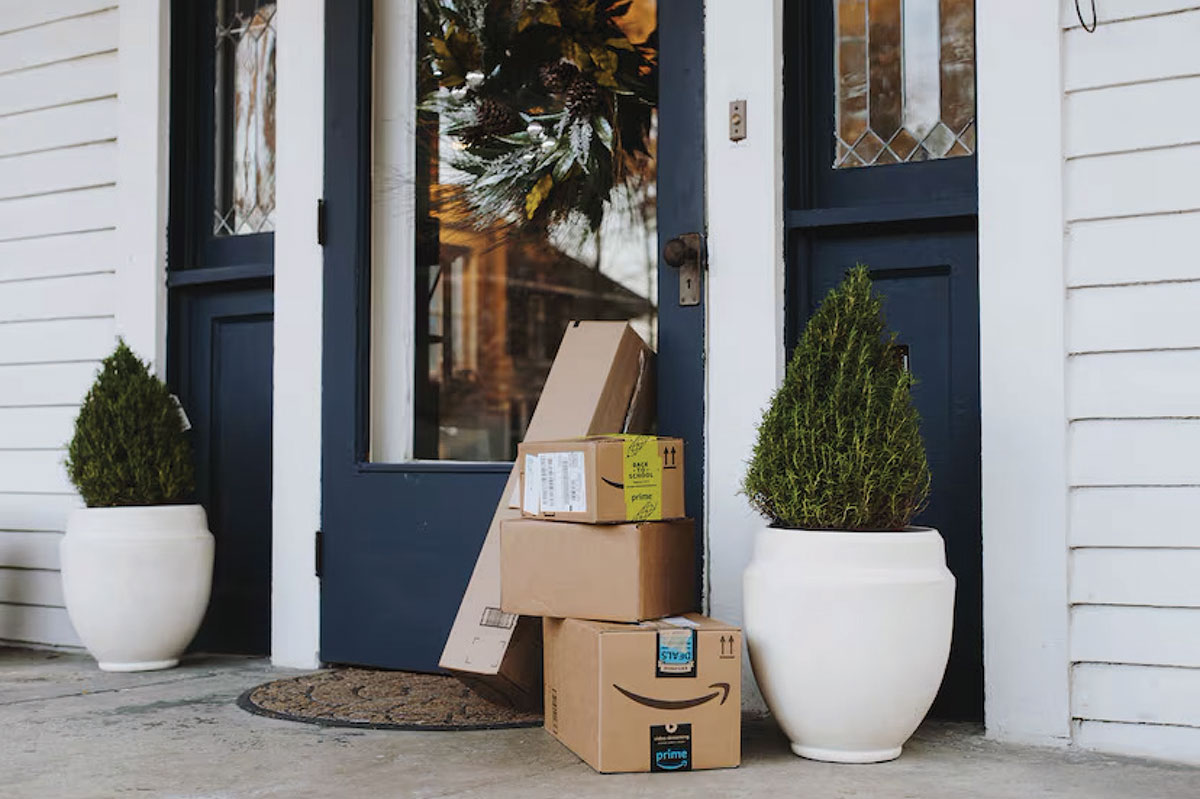
The Opposite Side Has an Opposite Side
So we have to ask…. ok then, if speed is it, then why compete with them on that? Why should you spend your precious profits trying to keep up with the leaders’ immense cash piles? Why not try and think of new tactics that could be just as valuable to the consumer? Sam Walton is famous for saying, “It’s easy to compete with us… just do what we don’t do.” Good one, Sam, and one to take to heart.

Along the lines of Sam’s wisdom, we believe we have a solution: slow it down. By that we mean go back to some of the things retailers once did so well before speed became THE issue. As a matter of fact, why not think of the opposite of speed and ‘do what they don’t do’? This would have to, of course, involve talking to customers to see if that thinking is the best way to act. And so, off we go to Customer Land.
Research
In our most recent study, we asked over 2,200 consumers who said that they ‘prefer’ to shop online (think: speed), what it would take to get them to ‘prefer’ to shop in stores instead? You know, where the experience can (should?) be the opposite of online 2D functionality and one day speed, and where you can actually touch the merchandise. Here are their top 5 responses:
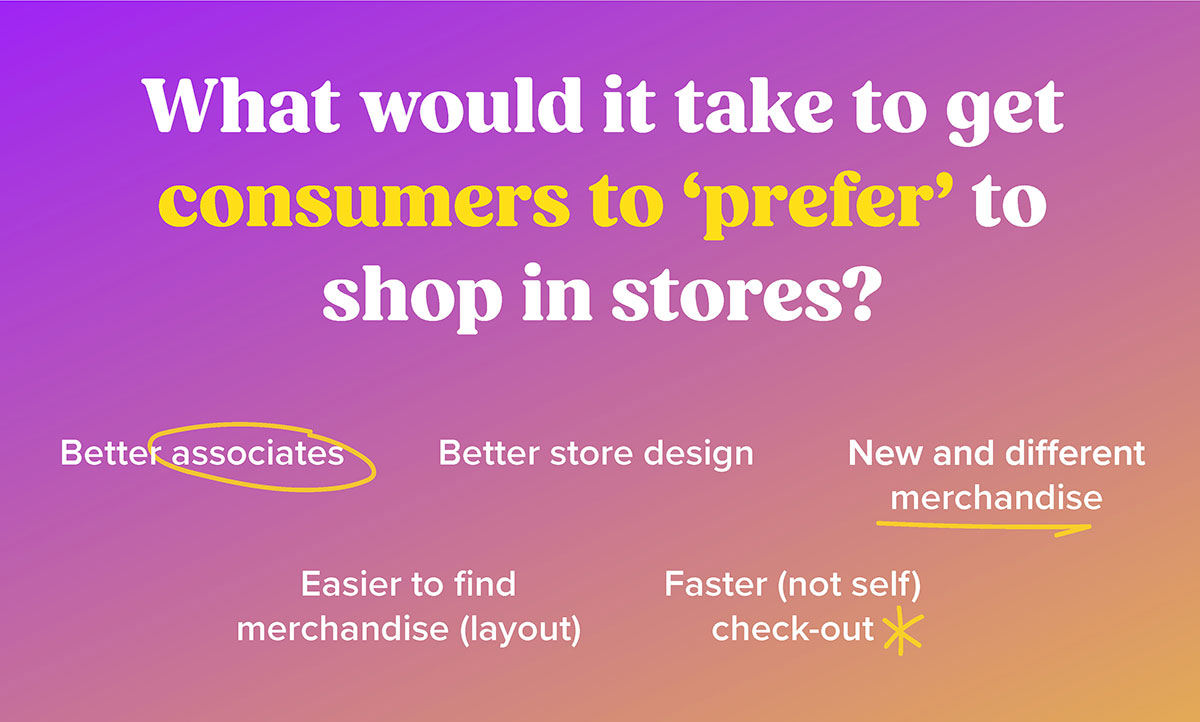
Do any of those initiatives look outlandish or expensive? Not easy to do immediately, perhaps, but very do-able nonetheless (actually, some are just retail 101 fundamentals). Notice, none of those responses for stores involve shopping online in store, the latest tech (with the possible exception of check out speed) or even better security. Again, a very achievable set of ‘to do’ requests from consumers.
Slow It Down
Given those results, our thoughts turned towards a familiar movement in the restaurant industry that’s working well: the Slow Food movement. The crux of which boils down to quality over quantity and especially quality over speed. The idea is to get customers to spend more time with your brand, which absolutely applies to retail as well. Spending time with your brand vs just opening a box and being done with you. Here’s a definition of the Slow Food movement. Notice how easily it could apply to retail:
The Slow Food movement believes that every experience should be prepared with care. It is a response to the rise of fast food where we can eat quickly and cheaply. (wiki)
Like this:
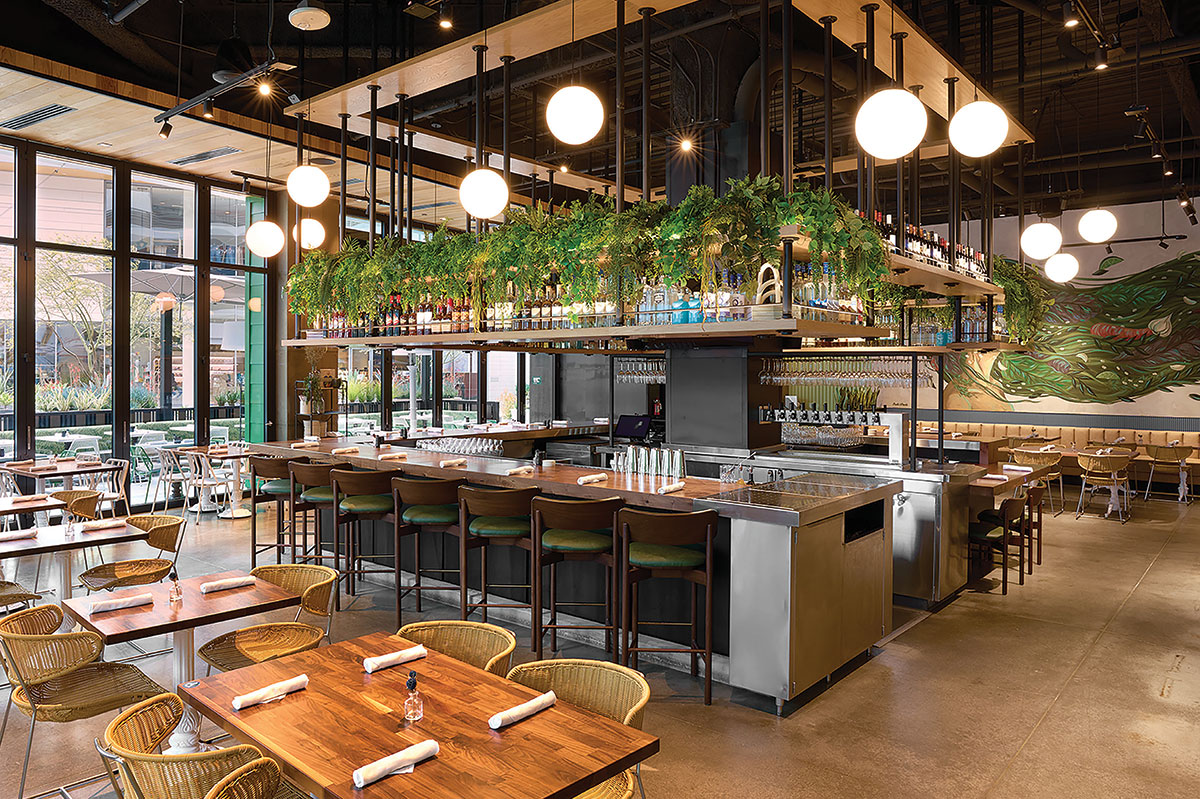
True Food Kitchen
After talking to consumers, it is our belief that more focus on the store experience using the idea of “Slow Retail” is the answer to competing with the cash-rich, speed obsessed competition. Stores should be alternatives to the mega-players and their speed. They should be bastions of better product and experience, especially when it comes to associates. Slow it down and think quality vs speed. Take your time vs rush-rush-rush. Compete differently. After all, going toe to toe with Goliath is a nice story, but in reality, it’s not something that’s going to make you a winner.
Here are (in our opinion) some retailers that are ahead of the “Slow Retail” curve:
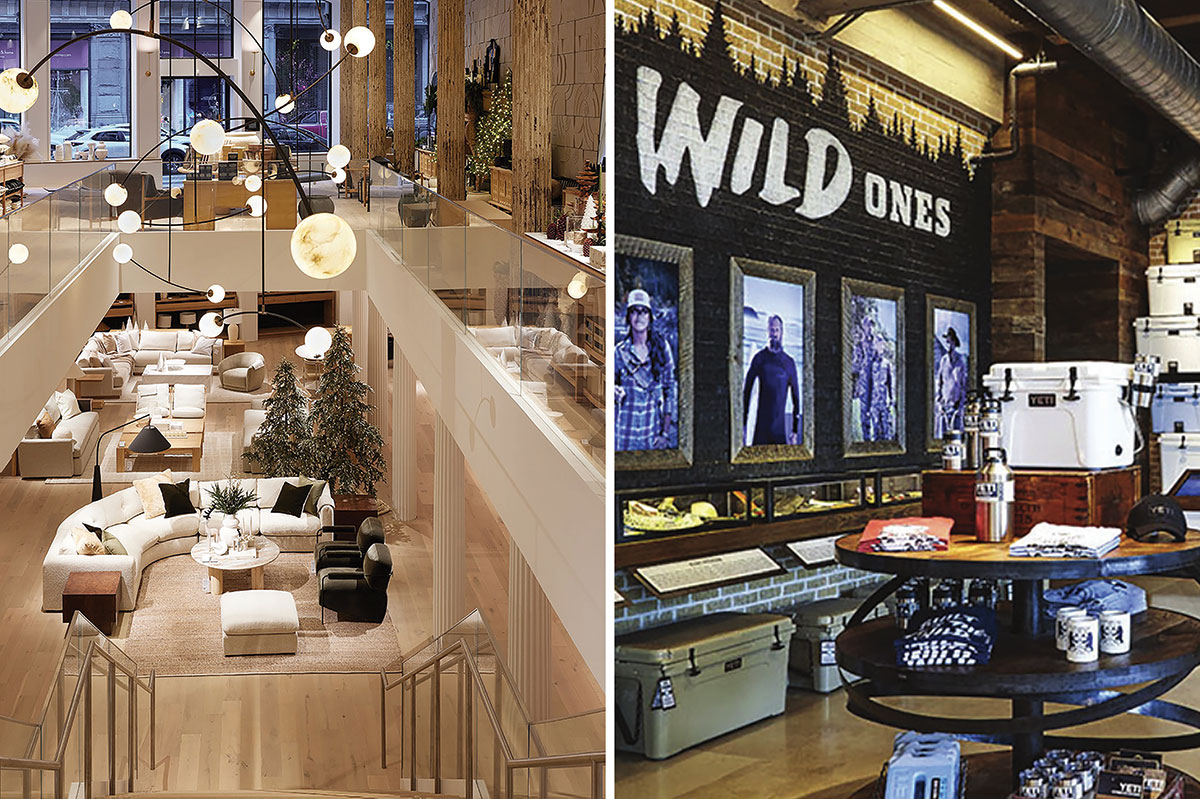
Crate & Barrel (left), Yeti (right)
Our Slow Retail proposal is in no way suggesting that you ditch your efforts to have an excellent online offering. We’re just putting forward the idea (with customer approval) that you need to think differently. That you should slow it down and focus on excellent fundamentals (especially associates). Why not invite customers into a world where quality matters more than speed? Welcome them to Slow Retail. There’s not as much risk as you may think…after all, they already told us they’d love it.

 Lee Peterson
Lee Peterson

